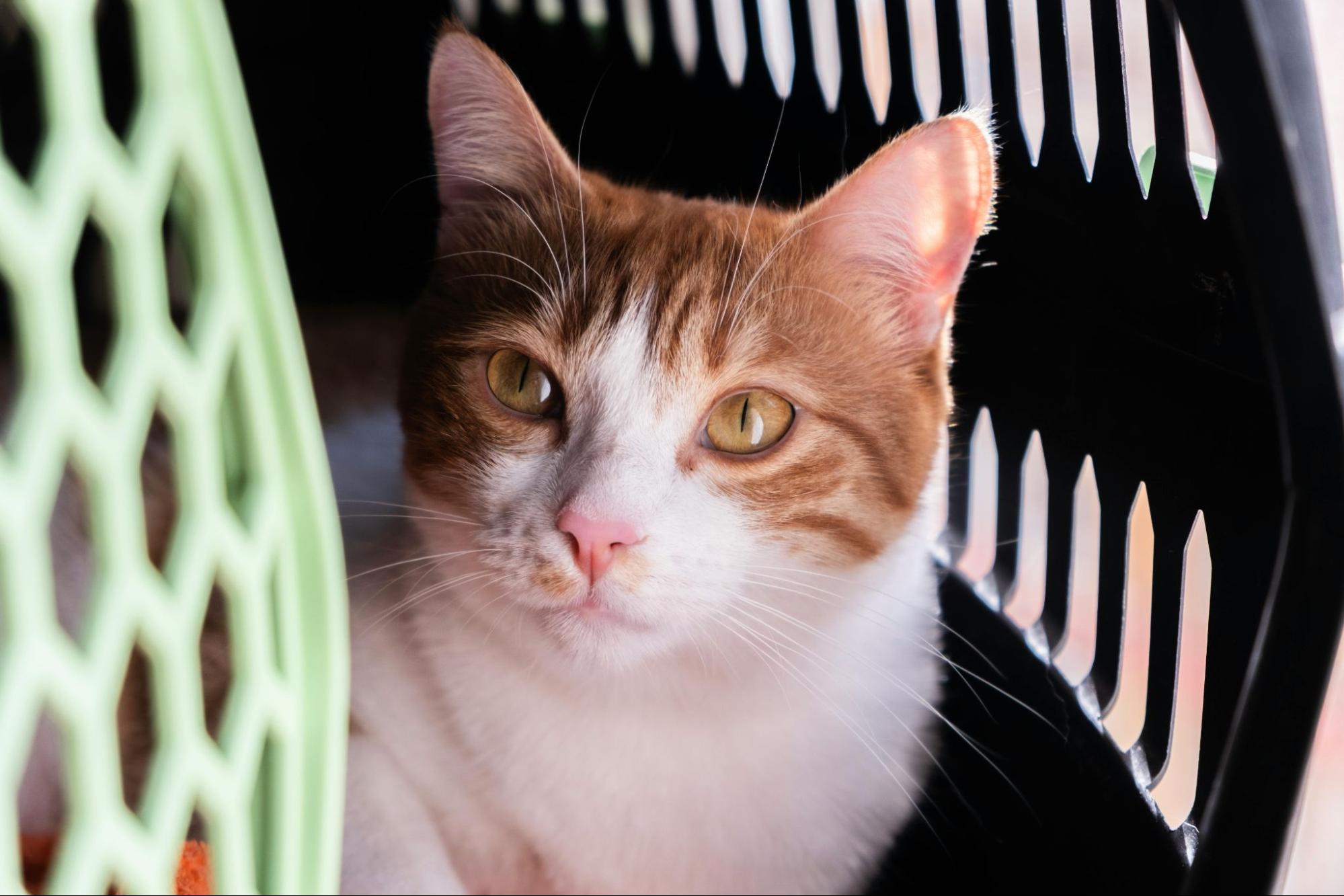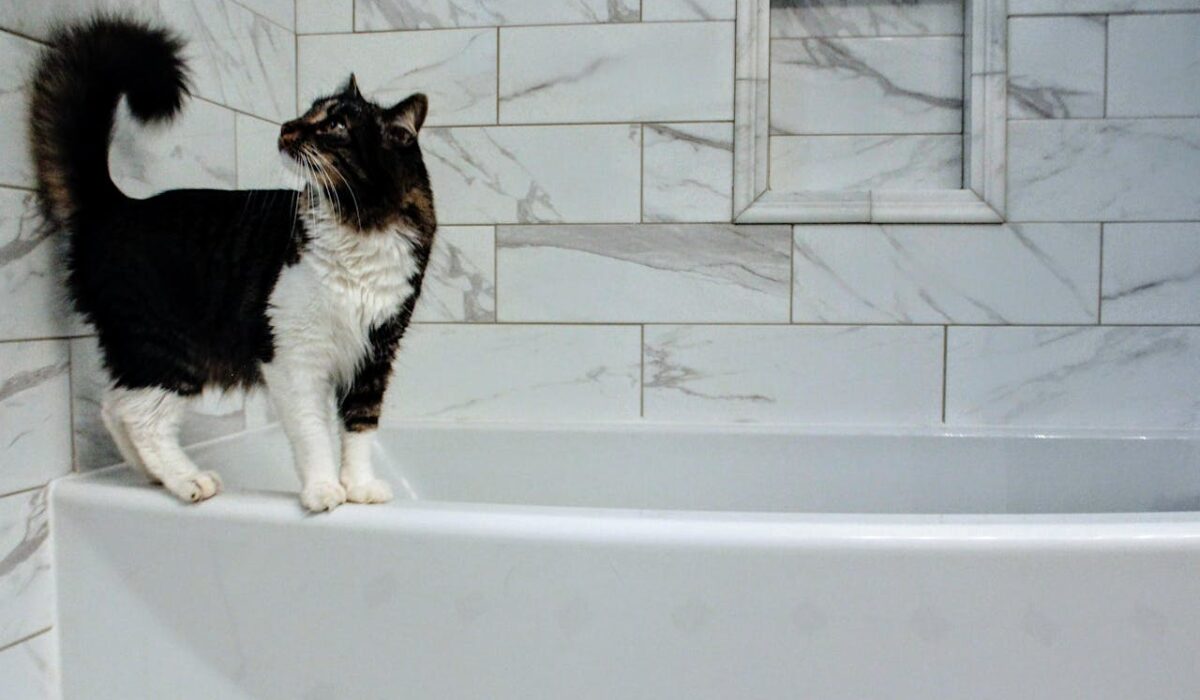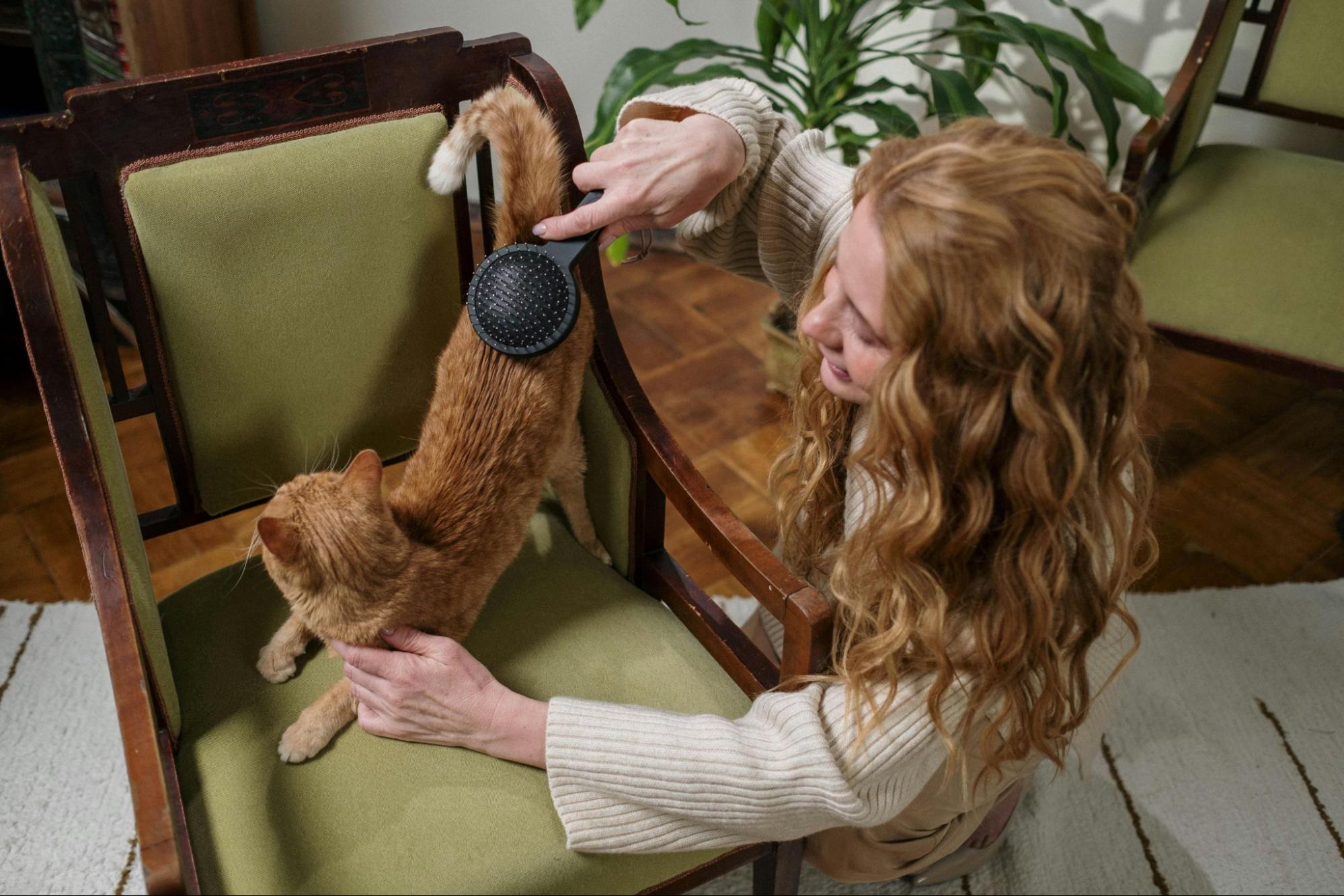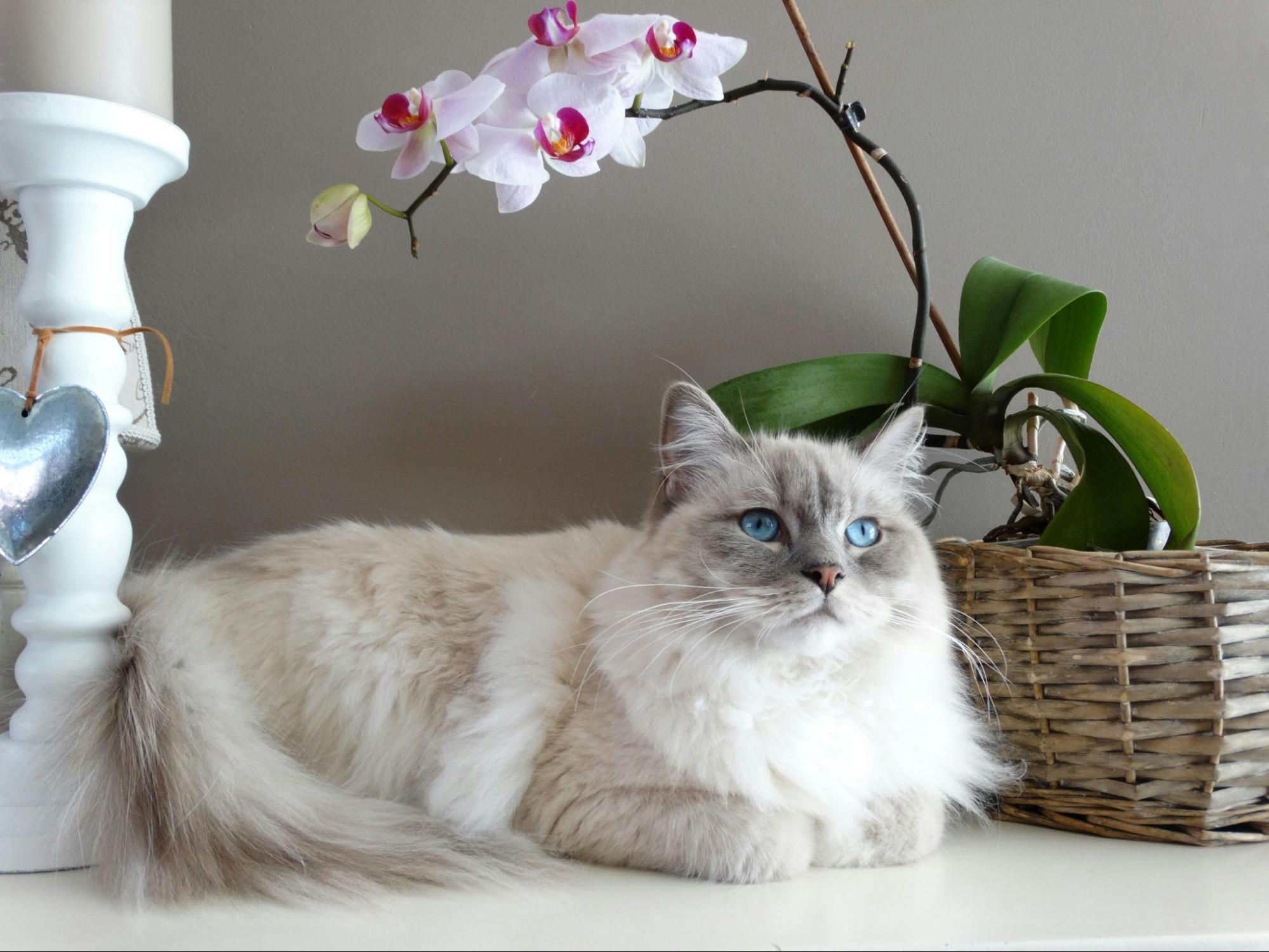Smelly Cat, Smelly Cat: Here’s When Your Cat Needs a Bath
Bathing a cat can be as pleasant as a root canal, so we don’t blame you for only wanting to whip out the shampoo when your cat absolutely needs it. (Hint: You can also use a mobile cat bath service.)
The good news is that most cats are excellent groomers and can handle most of their self-care on their own. But all cats need real baths every now and then, especially if you notice certain signs that pawing and licking aren’t cutting it.
On average, cats need a good bath every 6-8 weeks or so. But that timeline can vary depending on your kitty. For example, outdoor cats have access to dirt, mud, and other mess-makers, which can get lodged in fur. Indoor kitties use litter boxes and might not get rid of all their “bathroom leavings” themselves. They also might find a nice potted plant or two to call their new nap spot.
Aside from time, let’s look at six signs that can tell you when it’s time for a cat bath. Keeping them squeaky clean is a basic part of pet parenting, plus it gives you another way to build your bond together.
1. They Have a Strong Odor
Cats usually have a neutral, clean scent when they’re healthy and well-groomed. But if your cat has a strong, unpleasant smell that Phoebe Buffay might sing about, it might be time for a deep clean.
Cat smells occur for several reasons, including rolling in something foul, a buildup of natural oils, or even health issues like skin infections or anal gland problems.
A good bath will get rid of surface odors. It also gives you the perfect opportunity to inspect their skin for signs of irritation or other problems. If the smell doesn’t go away, your next step is a trip to the vet to rule out any medical problems.
2. Their Fur Looks Greasy
Healthy cat fur should be soft, smooth, and shiny—not greasy. If your cat’s coat looks oily or clumpy, it could mean they’re not grooming themselves like they usually do. This might happen if they’re gaining weight, feeling stiff as they age, or have health issues like arthritis or dental problems, which can make grooming painful or difficult.
It might also be the result of rolling in something they shouldn’t. In that case, a good cat bath will whisk away any buildup and restore their shine. Make sure to use a cat-specific shampoo, as human shampoos might not be safe for cats and might make greasy fur worse.
Along with cat washing, you should brush your cat regularly to help distribute natural oils evenly and reduce greasy fur.
3. They’re Shedding More than Usual
Cats naturally shed fur, but if you notice excessive shedding, it might be time for a bath. Your cat might shed a little extra when they’re stressed, not grooming themselves well, or when the weather starts warming up. Shedding can also lead to matting, especially in long-haired cats, and make their coat look unkempt.
A cat bath will loosen and remove dead fur, reducing the amount of shedding you’ll see around your home. After bathing, brush your cat to remove additional loose fur and blast through tangles and mats.
4. They Look Dirty
Sometimes, it’s obvious when your cat needs a bath—like when they come home with mud-caked paws or a dusting of mystery grime. Outdoor adventures, encounters with other animals, or accidental spills can leave your cat looking less than pristine. Even indoor cats can get unexpectedly messy from food mishaps or litter box incidents.
When your cat’s coat looks visibly dirty, cat washing is the best solution. If your cat hates water, spot cleaning with a damp washcloth might be a less stressful option for minor messes.

5. They’ve Been Traveling
Traveling can be stressful for cats, and it disrupts their grooming habits. Whether you’ve been on a road trip, taken a flight, or just returned from a stay at the vet or boarding facility, your cat may come home looking or feeling less clean than usual.
Like humans, pets are exposed to a wide range of germs and contaminants when traveling. They might bring home something they didn’t have before, such as fleas. Even if it hasn’t been long since your cat’s last bath, it’s a good idea to give them another one once your travels end.
Giving your cat a bath after traveling lets them feel refreshed and comfortable. It’s also a good opportunity to inspect their fur and skin for any signs of fleas, ticks, or irritation they may have picked up along the way. Pair a bath with some quiet time to help your cat relax and settle back into their routine.
6. They’re Scratching More than Usual
It’s natural for cats to scratch themselves. But if you notice more scratching than usual, a bath might be the remedy. Cats might have extra loose fur they want to get rid of, or they may have picked up fleas, for example. If you find dirt-like flea debris or cat dandruff, a bath might soothe them back to normal.
Use a flea shampoo or a gentle, moisturizing cat shampoo, depending on what’s causing the itching. After the bath, dry your cat and follow up with any vet-recommended treatments, such as flea medication or moisturizing sprays. A clean coat can reduce skin irritation and leave your cat feeling much more comfortable.
Mobile Cat Grooming: The Best Alternative to Bathing Your Cat Yourself
Bathing may not be your cat’s favorite activity, but it can go a long way in keeping them clean, healthy, and happy.
And if it’s not your favorite activity either, Kitty Spaw mobile cat bathing services can help. Request an appointment online.




